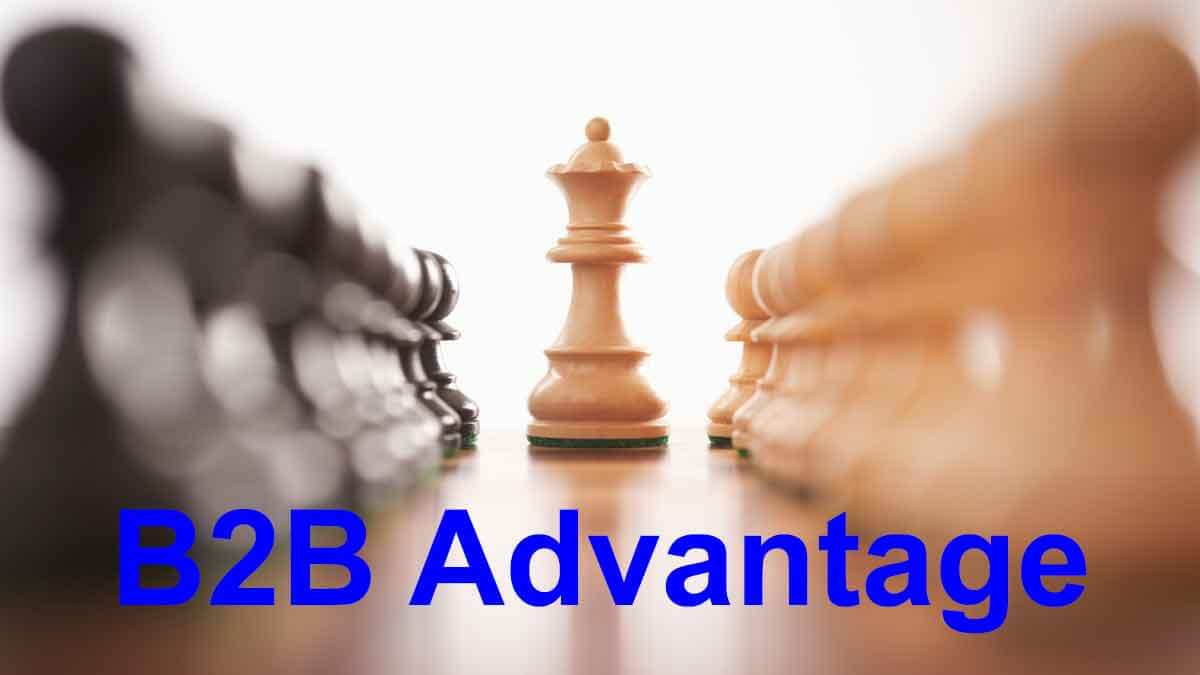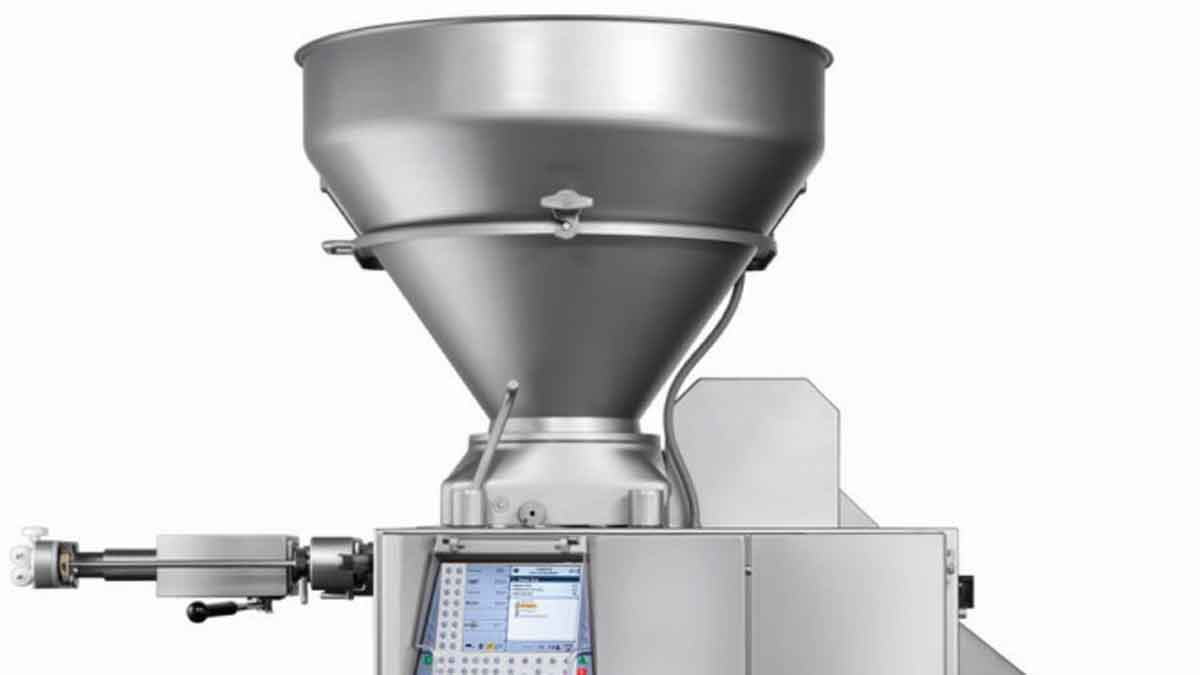Your company’s only path to profitable, sustainable, organic growth is understanding and improving customers’ important, unmet outcomes. Today this “understanding” is your best competitive advantage, simply because most B2B suppliers have far less customer insight than they could.
More in white paper, Timing is Everything (page 3).
If you’re asked to cross an unfamiliar chasm, would it be risky? Hard to say. Until you learn if you’ll face a bridge or a tightrope, you can’t assess risk (probability). You’re just uncertain. Many companies fear risk in an unfamiliar market, when they should map out a plan to reduce uncertainty. This is especially easy to do in B2B markets.
More in white paper, Innovating in Unfamiliar Markets (pages 2-3).
Cuyahoga Falls, OH (October 19, 2016) – For Immediate Release New evidence shows that shifting to a customer-centric innovation approach is becoming increasingly critical to survive in the modern marketplace. Emerging techniques are empowering forward-thinking B2B companies to routinely eliminate most of their commercial risk. Dan Adams joined Planisware’s Director of Innovation and PPM Practice, ... Read More
Steve Jobs quoted Henry Ford, who said, “If I had asked people what they wanted, they would have said faster horses.’” But these men were end-consumers themselves, so they understood their markets. Most B2B suppliers, typically have much to learn about customer desired outcomes… and B2B customers are willing and able to tell them.
More in article, Should You Develop New Products like Steve Jobs? (Originally published in B2B Organic Growth Newsletter).
That’s too bad, because customer insight—the first critical step to B2B innovation—can be learned like any other science. You examine customer outcomes (desired end-results) at nine levels. Just as a microscope’s magnification is increased, so each level reveals something new about each outcome. You should try it. Before your competitors.
More in white paper, Catch the Innovation Wave (page 8).
It’s common to invest about half of a company’s resources on unsuccessful new products. It’s not that their people can’t find the right answers. They’re just being asked the wrong questions. Questions that are unimaginative, and—if solved—create too little value. Questions that are too obvious. Proper B2B interviews produce much better questions.
More in article, Are You Squandering R&D Resources?
In a now-obscure 1972 HBR article, Richard Vancil complained long-term product development expenses were buried within annual operating plans… allowing short-sighted managers to raid them. Shocking, I know. Divide your budget into short-term and long-term benefit buckets. And make sure someone is guarding the long-term bucket.
More in article, The Commodity Death Spiral (Originally published in B2B Organic Growth newsletter).
B2C companies seek to understand customer needs. B2B companies should do this and engage customers, priming them to buy later. If you interview ten customers that represent 20% or 50% of the market segment’s buying power, wouldn’t it be an incredible waste if you failed to engage these companies… so they wanted to work with you?
More in article, The Missing Objective in B2B VOC (Originally published in B2B Organic Growth Newsletter).
When you turn up your thermostat, the temperature rises to the set point and quickly shuts off your furnace. Imagine if you had an 8-hour “feedback loop” before your furnace got the message. Even if you try new VOC approaches in the front end—but all your metrics occur after product launch—your feedback loop takes years. That’s no way to improve, is it?
More in article, 3 Problems with Innovation Metrics (Originally published in B2B Organic Growth Newsletter).
I am sometimes asked to do a workshop on developing value propositions. I say, “Not unless you invite your customers to it.” Seriously, suppliers already spend far too much time guessing what customers want. Why try to legitimize this innovation malpractice by creating and word-smithing value proposition statements internally?
More in article, The Science behind Great Value Propositions (Originally published in B2B Organic Growth Newsletter).
Here’s the “B2B Advantage”: Your customers can offer more insight than end-consumers due to their knowledge, interest, objectivity and foresight. But if your company uses hand-me-down consumer goods voice-of-customer methods, you’ve ignored your own advantage. Your competitors may not.
More in white paper, Catch the Innovation Wave (page 7).
Imagine your business stopped innovating, your profits declined, and it is now budgeting time. To salvage next year, you’ll likely cut long-term costs, e.g. R&D or marketing, further reducing your ability to create high-value products. Next year, you’ll have even fewer options. This results in death or irrelevancy. If you’ve started this spiral, pull out quickly.
More in article, The Commodity Death Spiral (Originally published in B2B Organic Growth Newsletter).
Most financial business reviews are like standing around the output die, exhorting the extruder to do better. But nobody’s checking the feed hopper. It looks like an intelligent meeting, discussing gross margins, price increases and growth rates. But these were predetermined years earlier, largely by your new products, what you put into the feed hopper.
More in article, Are You a Builder or a Decorator?
Lean Startup is a powerful approach for quickly testing assumptions and minimum viable products. But B2B customers can articulate their needs in amazing detail—if you know how to ask. If you start with your ideas, instead of diverging to all customer outcomes, you may be converging prematurely and limiting your possibilities.
More in white paper, Lean Startup for B2B (page 2).














